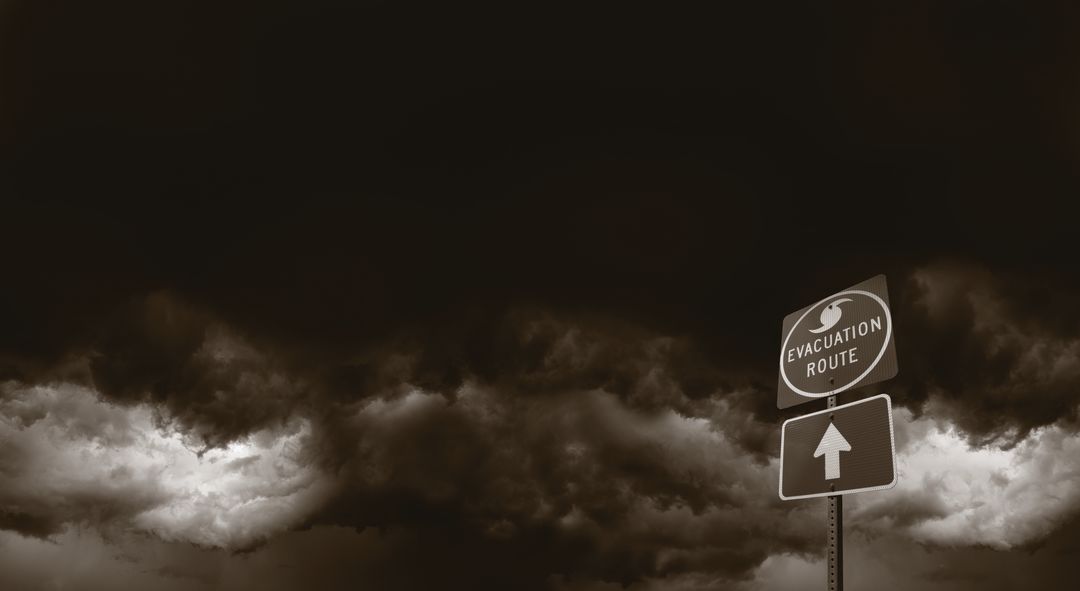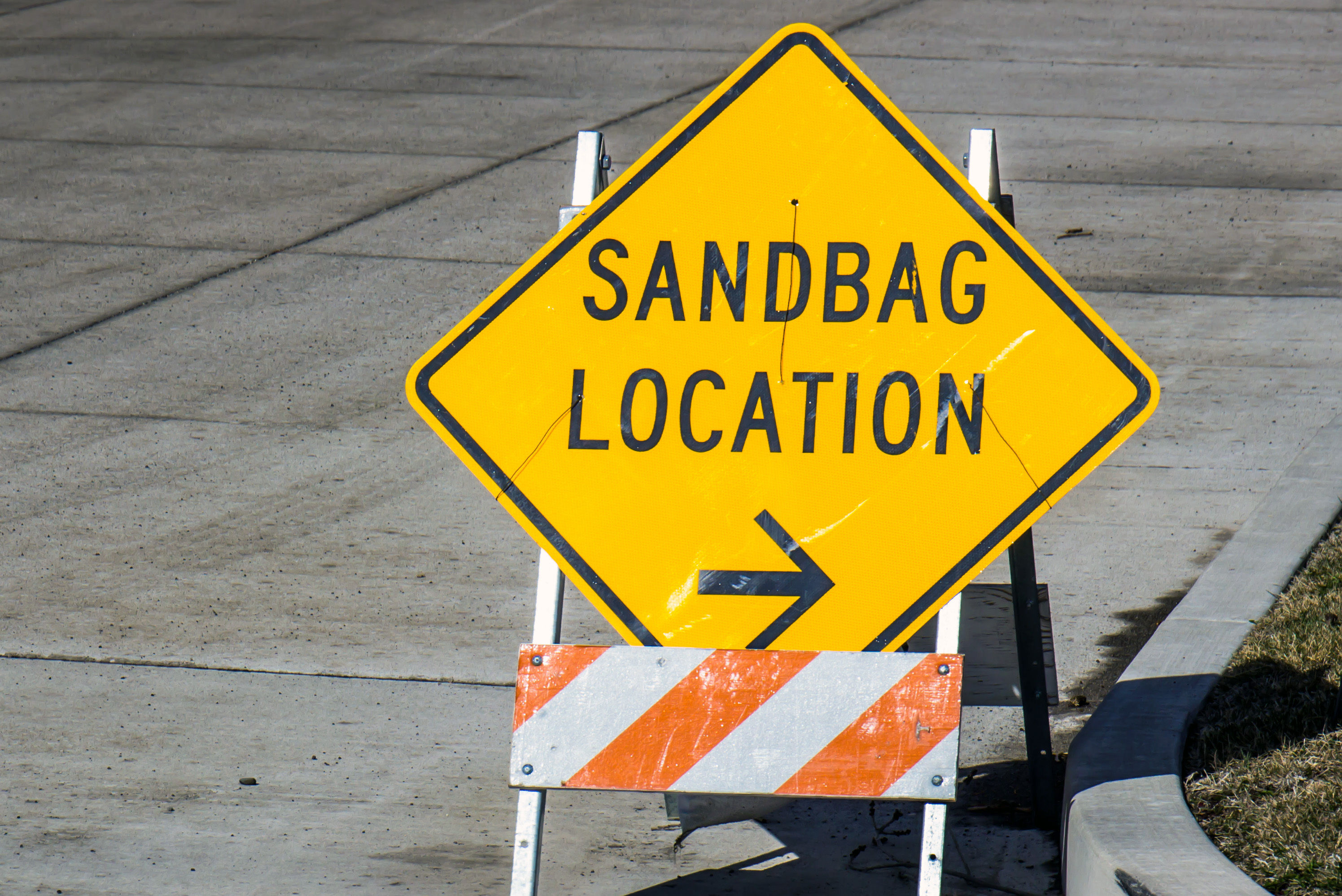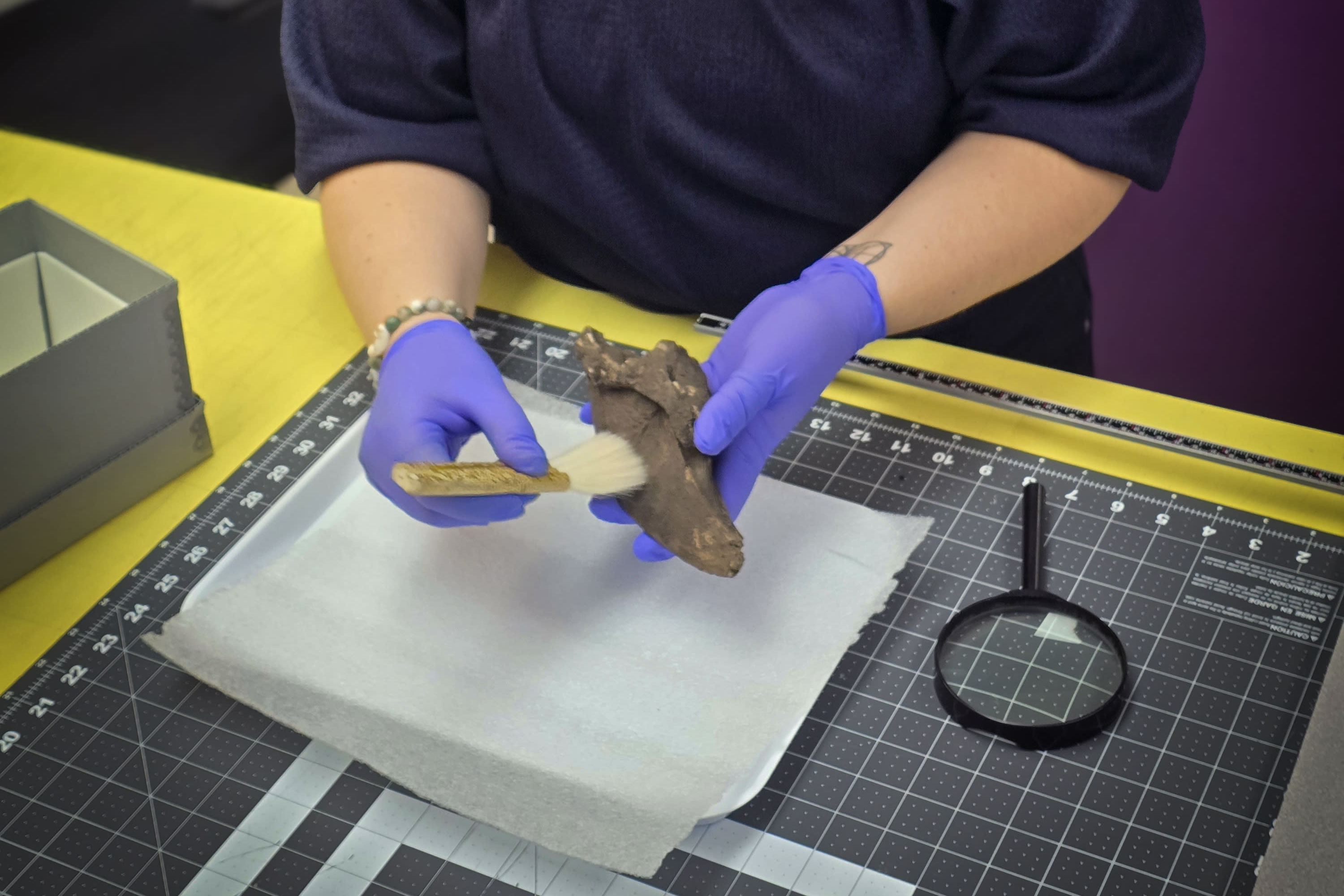Why Does Sarasota Usually Avoid a Direct Hit From Major Hurricanes?

Image: Shutterstock
Last September, Sarasotans were transfixed by the menacing march of Hurricane Irma, a Category 5 monster that was born near the Cape Verde islands and roared through the Caribbean with sustained winds of 185 mph, raking bare one island after another. Forecasters first predicted Irma would hit Florida’s east coast, but every day the models moved it closer to Southwest Florida, sparking a mass evacuation. On Sept. 9, as Irma struck Cuba, the region braced for its first hit from a major hurricane since Category 3 Hurricane Donna in 1960.
Yet at the last moment, instead of going into the Gulf of Mexico and heading up the coast, where it would have produced catastrophic storm surge, the storm wobbled to the right. The eye passed 30 miles east of Sarasota, sparing it from hurricane-force winds. The reason for that wobble, says Longboat Key’s Bob Bunting, an atmospheric scientist, educator and entrepreneur who has provided forecasting and other services to major U.S. companies, was the storm’s interaction with Cuba’s mountains and a small chain of offshore islands. Hurricanes draw their energy from water, and Cuba’s terrain provided just enough interference with that flow of energy to throw the storm slightly off track.
After the storm, Facebook buzzed with stories of an ancient Indian blessing that keeps hurricanes away from Sarasota. Bunting agrees that hurricanes rarely strike our region, but he credits atmospheric factors and geography rather than mythology. “We’re in kind of a sweet spot,” he says. “It’s very hard for a hurricane coming off Africa to hit Sarasota as a Category 5.”
The odds against a storm like Irma forming off the coast of Africa and swirling across 6,500 kilometers of ocean to strike Sarasota are “one in a thousand percent,” Bunting says. The storm would have to cross the Atlantic, thread its way through the 125-mile gap of open water between Florida and Cuba and turn north in a 30-mile square around Key West. (If it veers left, it goes into the Gulf and away from our coast; if it veers right, it travels up the center of the state.) After turning north in the water off Key West, it would then have to hug the west coast, staying two to 10 miles offshore, to hit us as a Category 5.
“Irma did not do that,” Bunting says. “But it got close.” Indeed, he says, Irma defied formidable odds—he puts those odds at 100 to 1—to get as close (meaning Cuba and the keys) to hitting us as she did.
Sarasota is more vulnerable to storms—like Wilma or Charley—that form in the Caribbean and enter the Gulf of Mexico, usually early or late in hurricane season. (The most perilous time for us, Bunting says, is the first two weeks of October.) But even those storms rarely hit our stretch of the west coast. Because of the shape of Florida’s land mass and atmospheric factors related to the rotation of the earth, they tend instead to make landfall to the south, often around Naples, and travel east across Florida, or to curve north and hit the northern Gulf Coast.
Does this mean we can breathe easy? Hardly, says Bunting, who confesses, “I couldn’t sleep” during the days that Irma threatened our coast. “All it takes is one,” he says. “Only one.”



